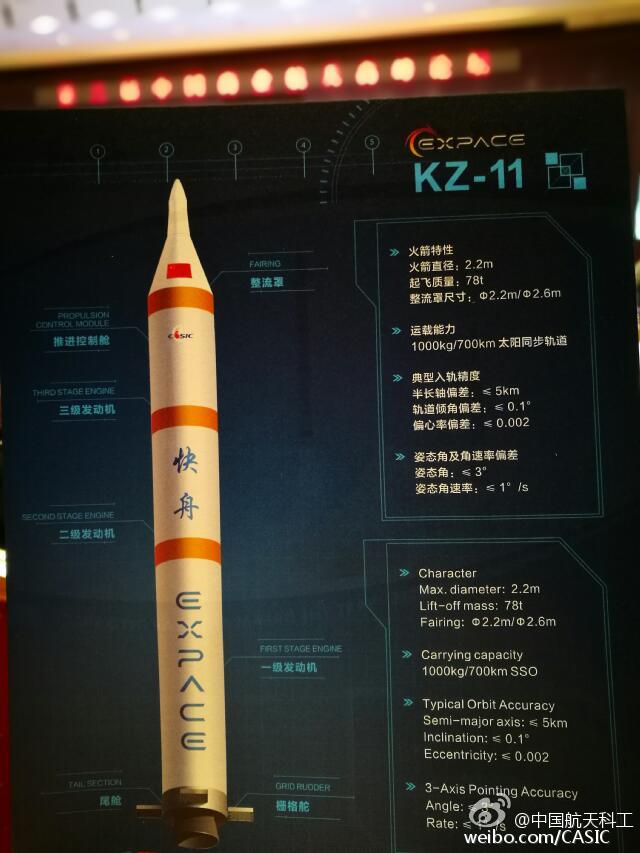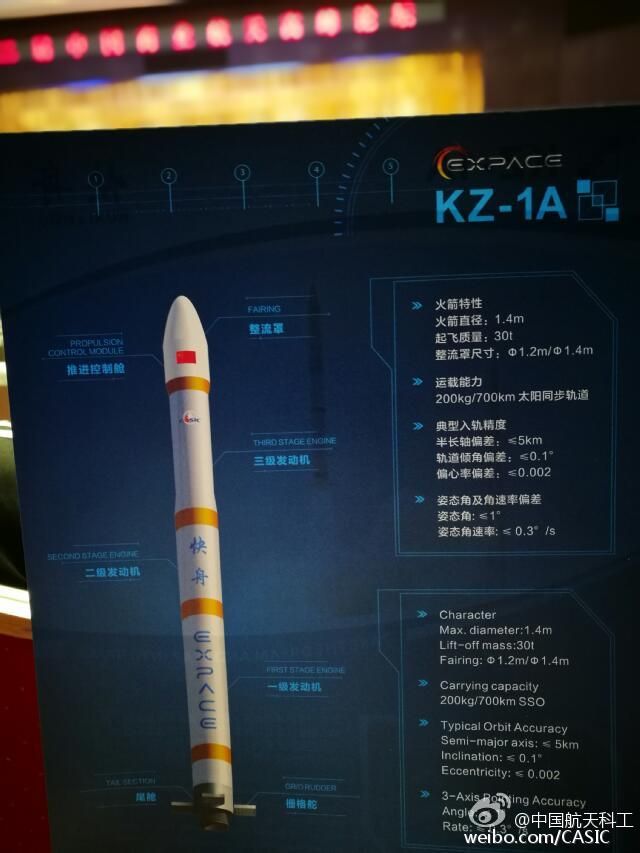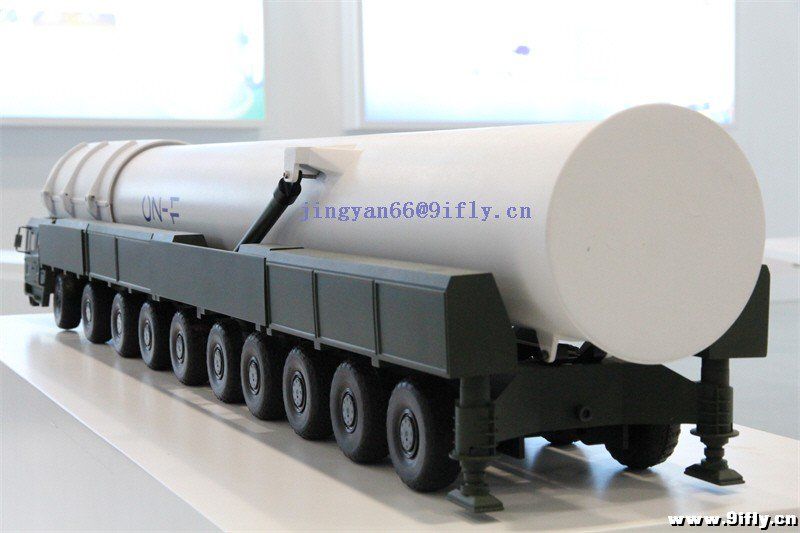You are using an out of date browser. It may not display this or other websites correctly.
You should upgrade or use an alternative browser.
You should upgrade or use an alternative browser.
China's Space Program News Thread
- Thread starter crazyinsane105
- Start date
- Status
- Not open for further replies.
Lethe
Captain
Hmm, doesn't the average station get de-orbited in a manual and controlled fashion? This article makes it sound like China has no ability to choose even roughly where TG-1 is going to land next year.
Well, there really haven't been enough space stations for there to be an "average". So far as I know, the only space station to have had a controlled re-entry was Russia's Mir. As Jura noted earlier, the US Skylab, with mass nearly ten times that of Tiangong-1, had an uncontrolled re-entry and bits of it landed in Western Australia.
Last edited:
Lethe
Captain
To further elaborate (I tried to edit but the allowed time had expired) it only makes sense to go to the trouble and cost of a controlled de-orbit if the station is large enough that large pieces of it could be expected to reach the ground, threatening significant destruction and loss of life. That was the case with Mir (130 tons) and will be the case with ISS (420 tons) when the time comes. At 75 tons, Skylab was probably at the upper margin of what could be safely be left to an uncontrolled deorbit, given that bits of it did reach the surface. In any case, at 8.5 tons Tiangong-1 (and -2) are simply not in the same league. Even the Chinese modular station (65 tons) will be smaller than Skylab.
Last edited:
Skylab was at least a semi-controlled deorbit in that they had the ability to choose the timing and also tried to modify the rate of descent as it happened by adjusting trajectory and orientation during reentry. It just didn't happen as they wished. It looks like TG-1's descent won't be in any way controlled, whether the timing, the trajectory, or the orientation. This is the main difference.
BTW, large space stations aren't the only objects to get deorbited in a controlled fashion; smaller satellites do as well. In fact there is such a thing as the 'satellite graveyard' in the Southern Pacific where many or most lower-orbiting satellites are targeted for impact when they get deorbited. Skylab apparently undershot this graveyard and landed in Australia instead. There are also a few 'graveyard orbits' for the higher-orbiting satellites.
BTW, large space stations aren't the only objects to get deorbited in a controlled fashion; smaller satellites do as well. In fact there is such a thing as the 'satellite graveyard' in the Southern Pacific where many or most lower-orbiting satellites are targeted for impact when they get deorbited. Skylab apparently undershot this graveyard and landed in Australia instead. There are also a few 'graveyard orbits' for the higher-orbiting satellites.
News about china´s space program:
LM5
spaceplane
Tiangong experiments
Are these photos official ?
LM5
spaceplane
Tiangong experiments
Spotted this at CDF
Are these photos official ?
Hyperwarp
Captain
The KZ-11 has a diameter of 2.2m and weights 78 tons. In comparison, the RS-24 Yars has a diameter of 2m and weights 49 tons.
Does that mean that if KZ-11 is an ICBM, it has a far greater capability than the Yars?
No. Not necessarily. Long March 2/Chang Zheng 2 is based on the DF-5, but LM-2C/2D is over 230 tonnes and over 40m in length compared to the 180 tonnes of the DF-5 series. Notice the transporter in that post is 20x20 where as all the speculated DF-41 TEL images are 16x16.
But the supposed DF-41 TEL images are quite consistent with the above canistered SLV transporter.
Off-course, this is purely my speculation and nothing more.
Hyperwarp
Captain
escobar
Brigadier
The feed cabin of China's single-aperture spherical radio telescope FAST went through a testing observation on Sunday in Pingtang City of southwest China's Guizhou Province. With its receivers of the feed sources installed on the cabin, the cabin has now been hoisted up to 140 meters over the telescope.
As FAST's core part of the 30-ton feed cabin was suspended above the main telescope on Sept. 16, the receivers within the cabin will help collect feed sources from the space.
"The receiver of the feed source will be used to collect all the signals from reflector panels to one central point at the receiver. Then, the receiver will convert the radiant signals from celestial bodies to specific data that will be later used and analyzed by astronomers," said Sun Caihong, a chief engineer with the FAST program.
The horn-shaped receiver, one of the seven receivers of feed source for the FAST, which was installed this time, came from a scientific broad receiver from an early age. Scientists will change over the receivers in the future to fulfill the needs of observations toward different celestial bodies.In addition to the installation of the receivers, a white shielding fabric has been covered over the feed cabin.
"It (shielding fabric) will prevent signals from leaking out. Since the feed cabin has been fitted with many electronic devices, they will emit radiant signals. If those signals leak out, all the data collected will be invalid and useless as for the entire observation by FAST. By using the shielding fabric, the feed cabin will become a sealed entity," added Sun.
escobar
Brigadier
Testing and experiments have started on Thursday on all space application systems of the Tiangong-2 space lab. The results show that the whole system is working normally, said a space expert in an interview with CCTV in Beijing on Thursday.
Guo Lili, payload control center director of the Space Application Centre under the Chinese Academy of Sciences (CAS), said the primary task of the space application systems in the Tiangong-2 is to carry out space science experiments and application research through manned spacecraft.
"This is the first time for us to start all the payloads for experiments or observation. We expect to obtain some useful data," said Guo.Compared with the past missions, Guo said, Tiangong-2 carries 14 space application systems, larger in number and high in technical level than in the past.
- Status
- Not open for further replies.





